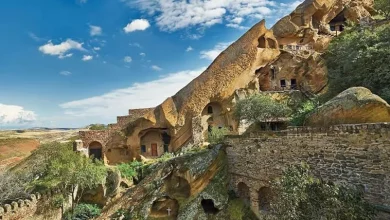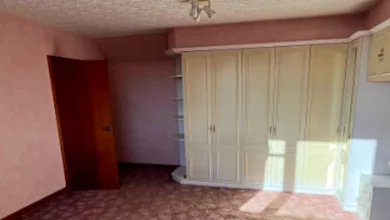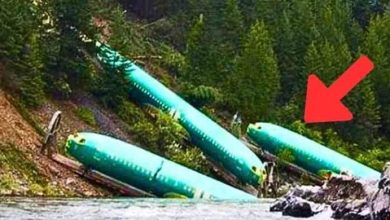3 Unique Staircase Features You Will Find In Historic Homes.
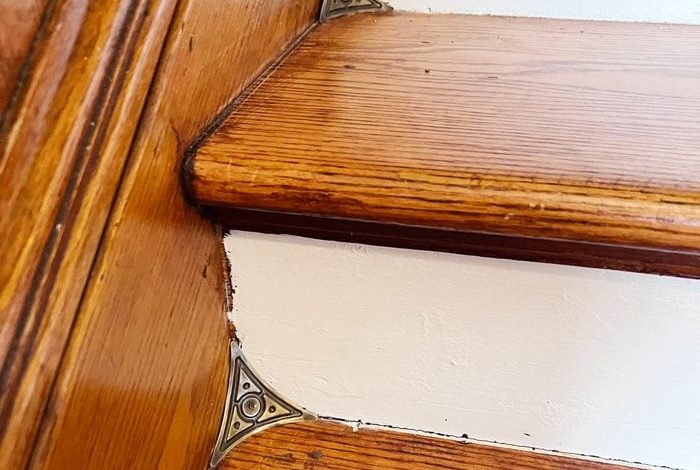
You can learn a lot about history by looking around an older house. Charming features like phone niches reveal a lot about the people and technology of bygone days. If you’ve ever inspected an older staircase, you may have noticed details like brass corner protectors or metal stair rods. Read on to take a closer look at these features, discover their purpose and find staircase idea for your next DIY project.

Dust Corners
Before vacuum cleaners were invented, sweeping dust out of stair corners was a major headache. Stair corner dust guard. were created in the 1890s to help simplify sweeping. That’s not their only use, though—stair guards also add some charm to wooden staircases. Try adding them to awkward corners in your home, like the corners between a wall and fireplace molding.
Stair Rods
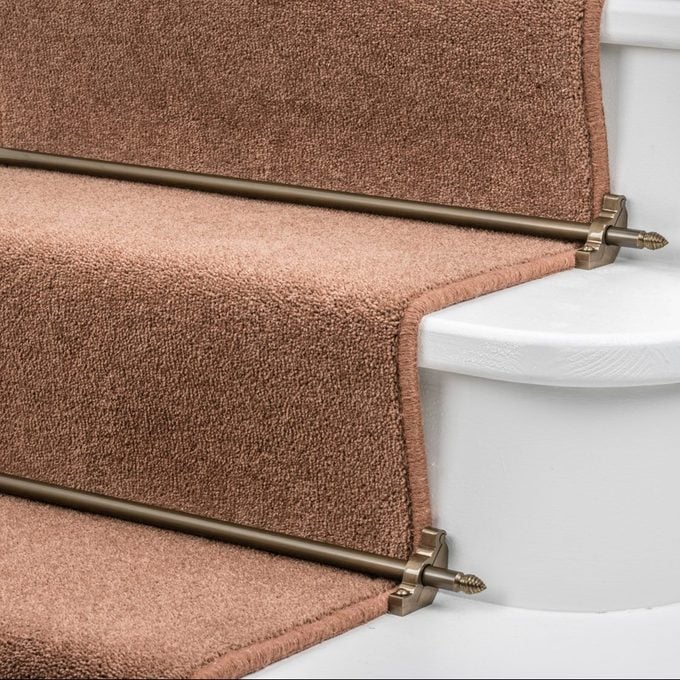
According to The Victorian Emporium a renovation company specializing in period homes, stair rods were used to help secure runner carpets to wooden staircases. This unique feature was originally about both form and function. But these days, stair rods are more of an aesthetic item, since carpet is generally installed by stapling it to the surface below. It’s best for both you and your runner that your carpet is properly installed!
One Upside-Down Baluster
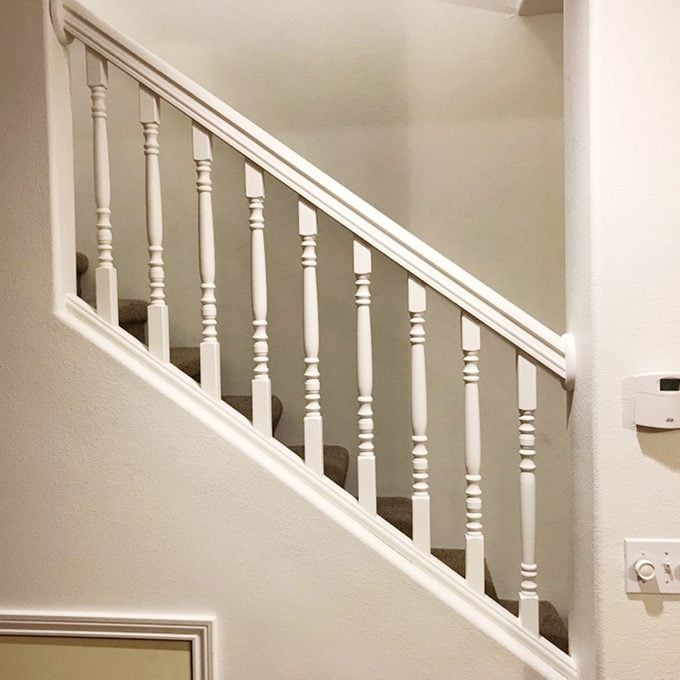
A baluster, also called a spindle, is part of a staircase’s support system. They’re best known for holding up the handrail. If there’s one upside-down baluster on your historic staircase, you can blame superstition. While some say that builders purposely installed one baluster to acknowledge that “only God’s creations are perfect,” others cite an English superstition saying an upside-down baluster would prevent the devil from climbing the stairs and taking anyone who may be on their deathbed. Either way, this feature seems to be linked to a higher power.

